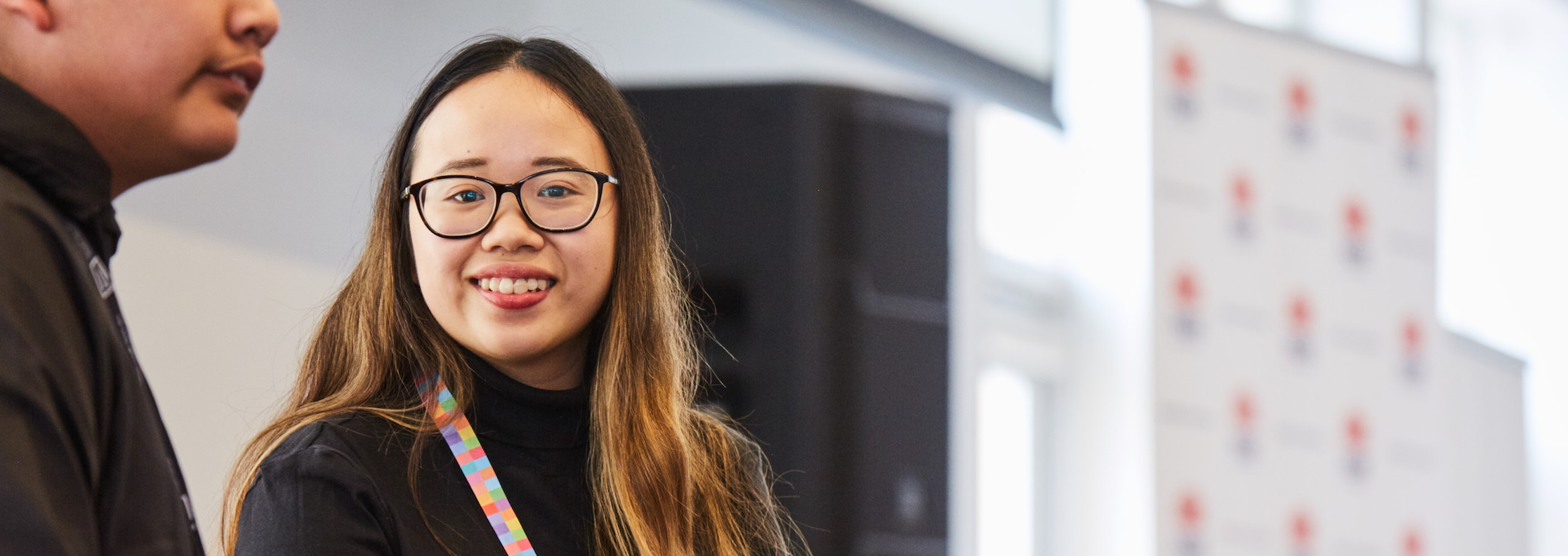The Wellbeing Health & Youth (WH&Y) Engagement Framework has been co-created with young people and other experts in our growing community of practice. Rather than provide principles that direct how researchers, projects, organisations or governments should achieve engagement with young people, our framework presents a set of guiding values, practical questions and ethical practices. Teresa Swist and Betty Nguyen explain how the framework can support how we think, work, collaborate and innovate with young people.

1) Why are the values at the core of the framework important for how we think about adolescent health research, policy and practice?
Defining values is a way for us to collectively identify what is important in a specific context. The core values of the WH&Y Engagement Framework are mutual trust and accountability, diversity and social inclusion, equity and responsiveness. These values invite researchers, health professionals, and other stakeholders to consider ways to support an ethics of engagement for adolescent health in the digital age, prompting us to:
-
recognise the range of stakeholders that young people’s health and wellbeing relies upon (by embedding a shared, intergenerational responsibility);
-
respect the diversity of young people’s lives and needs (by producing a common language and meaningful technologies together);
-
reduce unfair differences in health outcomes by responding to young people’s hopes, experiences and differences (by genuinely co-designing projects, systems and services).
2) How can the framework be used by health service representatives and university researchers in their work with young people?
The framework can support people working in health services and research to do two things:
-
to recognise and amplify existing organisational strengths and best practice;
-
and to identify and support where change and innovation needs to take place.
For example, key questions in the framework invite health professionals to reflect on the ways they currently work with young people - as well as to highlight where improvements can be made. Similarly, those questions can prompt researchers to explore issues relating to ethics committees and the ways in which young people are included - or excluded - from university research projects. Reducing unfair differences in health outcomes can only be addressed by identifying inequities, alongside being responsive to the different experiences and perspectives of young people throughout research, policy and practice.
3) How does the framework reflect the needs of young people and how they would like to collaborate?
The WH&Y Engagement Framework sets out how young people would like to collaborate in health research: their expectations, aspirations and interests. It places their diverse needs at the forefront of health research, practice and policy. In so doing, it allows young people to feel more comfortable building relationships with researchers, telling them what impacts their lives and talking about how they want to be treated and perceived. The framework is an empowering tool that not only recognises young people’s diversity but demonstrates their inclusion as well. The tool is a 'living' document which means that it will adapt and grow over the course of the WH&Y project as we discover more about what is effective.
4) Why is the framework relevant to how we might innovate existing and emerging technologies across adolescent health and research?
Technology is key to how adolescent health is communicated, implemented and advanced. The WH&Y Engagement Framework provides a way to explore the challenges and opportunities of technological innovations, and the new forms of trust and accountability required in the digital age. Existing technologies such as social media and electronic health records are raising critical questions about how we collect, store and use data about young people’s health and wellbeing. Emerging technologies such as virtual reality, augmented reality, Internet of Things (IoT) and sensors similarly offer both possibilities and pitfalls. Plus the integration of multiple, large-scale data sets, so called ‘big data’, carries huge implications for how artificial intelligence and machine learning will be utilised and who stands to benefit. The WH&Y Engagement Framework seeks to enhance discussions about the design and delivery of technological innovations in adolescent health, not only with health professionals, researchers, and young people, but with the organisations and corporations (public and private) that generate them.
This project has been facilitated by A New Ethics of Engagement, led jointly by Professor Angus Dawson and Associate Professor Philippa Collin.









